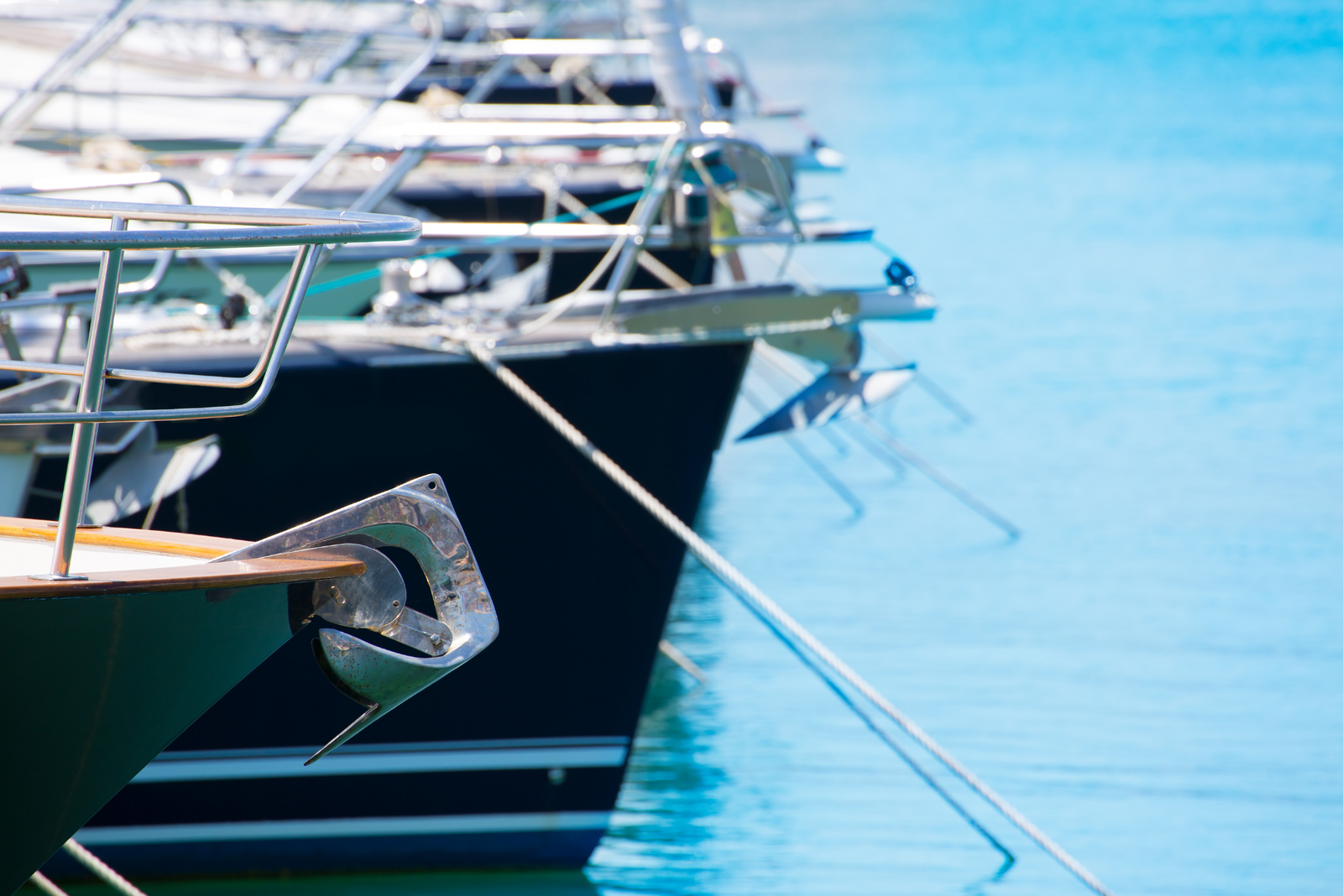Free Shipping on Orders $50+
Free Shipping on Orders $50+

Determining Where to Anchor a Boat
by Bob Figular December 20, 2024
There are several reasons to anchor, with safety being perhaps the most crucial.
Nautical publications often have useful information on suitable anchorage locations. Local knowledge is also valuable, but you should always refer to your charts when considering where to anchor a boat. Follow these guidelines for safe and secure anchorage.

What to Look For When Choosing Where to Anchor a Boat
Look for these characteristics when seeking a safe anchorage:

- Good bottom structure: Pick a place to anchor your boat with a bottom structure that suits your anchor gear. Clay or mud bottoms are often the best choice. Avoid rocky areas that’ll hang up your anchor. You can confirm the type of bottom by using the appropriate chart for the area.
- Shelter from weather: Pick an area sheltered from wind and strong currents. If possible, select an anchorage protected from the wind on all sides regardless of wind shifts. Another good option is a cove that offers protection from at least the existing wind conditions.
- Ample water depth: Choose a location that provides adequate water depths through all tide stages. An area that’s too deep allows the anchor to drag, and shallow water poses the risk of going aground. Additionally, be aware of any strong or reversing currents during high or low tide.
- Nearby navigational hazards: Avoid anchoring near known navigational hazards. If your anchor drags, your vessel will be that much closer to danger.
- Location to adjacent vessels: Try to anchor away from other vessels. Doing so will reduce potential incidents arising from an anchor dragging or accessing the anchorage.
- Proximity to other traffic: Anchor away from traffic lanes and vessel movement areas. This reduces the risk of collision.
- Available navigational aids: Choose an anchorage that has several navigational aids available. These could be prominent landmarks, navigation buoys, or lights. You can use these aids to ensure that your anchor is holding properly.
- Room to swing: Pick an anchoring site that offers sufficient room for your boat to swing on its rode. Many boaters calculate a drag circle based on the length of their vessel and deployed rode. Using this information, you can take a position fix periodically or set an alarm on electronic navigation equipment to warn of a dragging anchor.
Additional Anchorage Tips
After selecting a suitable place to anchor your boat, run in slowly and always approach the anchorage by heading into the wind or current — whichever is stronger. Use your nautical chart or GPS to locate your range from shore. Using two ranges will give the most precise positioning. Later, these aids will help determine whether the anchor is holding or dragging.
Anchoring Safely Wherever You Are
Now that you know where to anchor a boat, learn how it’s done by earning a captain’s license! You’ll gain hands-on anchoring experience as you work to meet your captain’s license requirements. Plus, Mariners Learning System courses go into detail about boating rules, regulations, and best practices. Get started today.
Leave a Comment
Comments will be approved before showing up.
